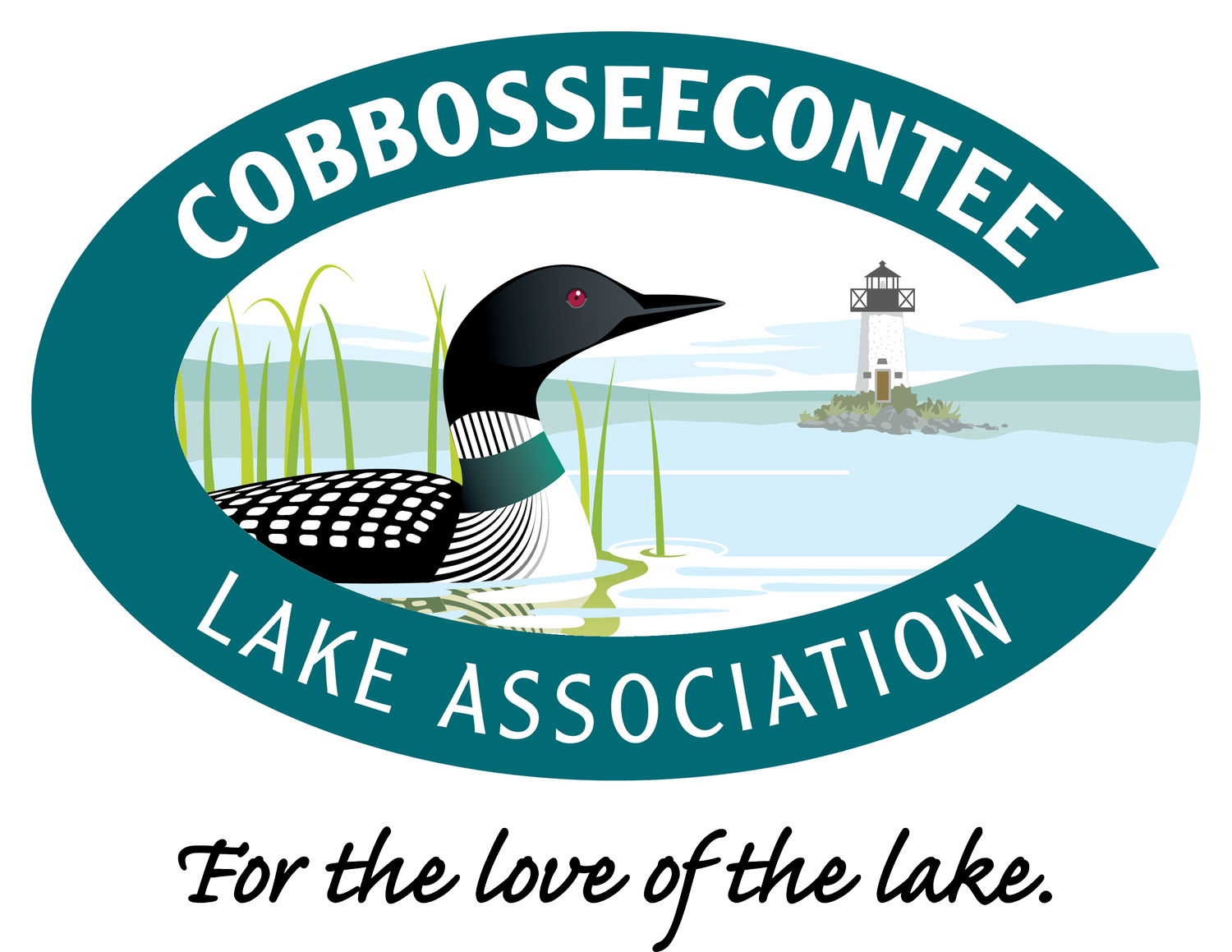BOATING CAN HARM LOONS
Loons mate and build their nest (fragile structures of sticks and grass.) from mid-May to mid-June. Then they incubate their eggs for another 29 days.
This means loon nests are vulnerable to our boats' wakes from Mid-May to mid-July. Wakes can damage nests, wash them into the water, or wash eggs out of the nest.
Most loons prefer islands for their nests, preferably hidden in vegetation with a 180-degree view so they can watch for predators by land, water or air. Also, because loons have a difficult time walking on land, they place their nests very close to the water. Once their chicks have hatched, adult loons have been known to roll their new chicks straight into the water from the nests.
Boaters' actions make a difference for loons.
To protect our loons, please:
Stay away from our islands from Mid-May to Mid-July because a nesting loon might be tucked away in the grasses out of sight.
If you drive near our islands, proceed carefully -- stay at least 200 feet from shore and do not leave a wake behind your boat.
Please drive with care whenever passing swimming loons. Not only are the adults vulnerable, but baby and juvenile loons are harder to see and are often near their parents. Many loons are killed each year when hit by boats.
Cobbossee has about 90 adults loons who return every year. Usually nesting success produces around 5-7 new chicks. Let's do everything to protect them.
Photo courtesy of Rob True and Maine Audubon

